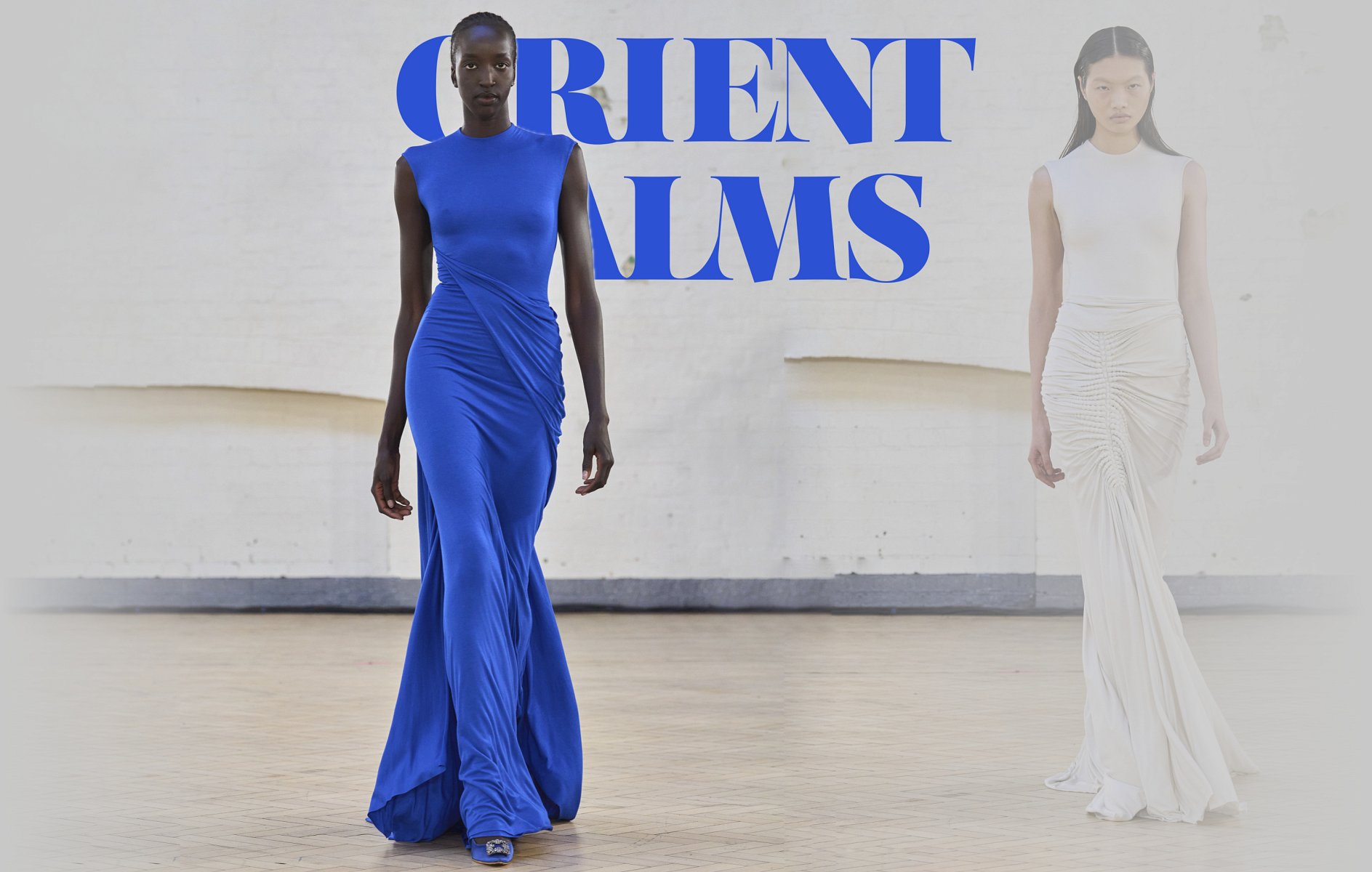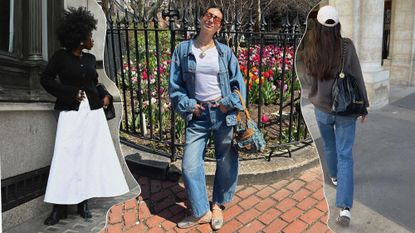Where to Purchase Authentic Eastern Wear Pakistan: Top Online Shops and Boutiques
Unveiling the Rich Heritage of Eastern Style
Exploring the elaborate tapestry of Eastern fashion unveils a world where tradition satisfies development, and workmanship intertwines with cultural importance. From the extravagant silks of old dynasties to the detailed embroidery of nomadic tribes, each garment informs a story that transcends time and borders, resembling the rich heritage and creative heritage of the East. As we peel back the layers of history and custom, a fascinating journey waits for, untangling the tricks behind the captivating attraction and enduring influence of Eastern style on the worldwide phase.
Beginning of Eastern Fashion

In Mesopotamia, for example, the Sumerians and Babylonians produced garments using wool, bed linen, and leather, adorned with complex patterns and precious jewelry. Ancient Egyptians are renowned for their sophisticated weaving skills and using light-weight, breathable textiles like linen. Chinese style highlighted the relevance of shade significance and complex needlework techniques, while Indian garments included dynamic colors, glamorous textiles like silk and cotton, and intricate drapery styles such as the saree.
These ancient people not only influenced each various other yet additionally led the way for the diverse and culturally rich tapestry that is contemporary Eastern style. With centuries of advancement, Eastern style remains to thrive, blending custom with contemporary influences to develop distinct and timeless styles.
Social Influences and Traditions
Drawing from centuries-old customs and ideas, social impacts and customs play an essential function in shaping the significance of Eastern style (eastern wear pakistan). The rich tapestry of cultures throughout Eastern regions such as Asia, the Center East, and Africa has heavily affected the apparel styles, shades, materials, and creates that prevail in Eastern style today
In countries like India, Japan, and China, conventional garments like cheongsams, sarees, and kimonos remain to hold substantial cultural significance and are typically adorned with intricate needlework or symbolic patterns that show ingrained ideas and worths. In Middle Eastern nations, the flowing kaftans and abayas put on by men and females not only offer as modest clothes but additionally reflect the area's cultural heritage and Islamic practices.
In addition, making use of details colors like red forever luck in Chinese culture or elaborate geometric patterns motivated by Islamic design better exhibit exactly how social impacts materialize in Eastern style - eastern wear pakistan. By honoring and protecting these social influences and customs, Eastern style continues to advance while staying real to its rich heritage
Development of Eastern Clothes
Over time, Eastern garments have gone through substantial transformations, showing a mix of tradition and modernity in their style and design. Traditional Eastern garments such as the saree, salwar, kimono, and hanbok kameez have actually advanced to incorporate contemporary aspects while protecting their social significance.
One remarkable evolution is making use of cutting-edge fabrics and techniques in Eastern garment construction. Conventional handwoven textiles like silk and cotton have been matched with contemporary products such as polyester and blends, using increased resilience and simplicity of care. Furthermore, improvements in printing modern technologies have actually made it possible for detailed patterns and layouts to be included right into Eastern garments with accuracy and detail.
Furthermore, modifications in silhouette and tailoring have improved Eastern clothing, making them extra suitable and versatile for varied celebrations. Standard gown codes have unwinded, permitting experimentation with colors, designs, and decorations. This development has not only made Eastern garments a lot more accessible and attractive to a worldwide target market however has likewise ensured their proceeded their explanation importance in modern fashion landscapes.
Symbolism in Eastern Attire
Checking out the ingrained social importance woven right into Eastern outfit introduces an abundant click to read more tapestry of symbolism and tradition. Eastern garments are commonly imbued with icons that reflect the wearer's societal standing, spiritual ideas, and cultural identity.
Additionally, certain garments hold symbolic meanings. The robe in Japan, as an example, symbolizes procedure, regard, and practice. Its style, textile, and also the means it is put on all lug deep cultural importance. Likewise, the saree in India represents elegance, beauty, and the rich heritage of the country. The curtaining design of the saree differs throughout celebrations and areas, each lugging its very own symbolic relevance.

Impact of Eastern Fashion Today

The unification of Eastern elements in Western style has led to a combination of designs that accommodate varied tastes and preferences (eastern wear pakistan). Designers often draw ideas from Eastern patterns, materials, and shapes, developing one-of-a-kind and cutting-edge items that mix standard and contemporary aesthetics. This cross-cultural exchange has not only renewed the apparel industry however also fostered a much deeper admiration for Eastern heritage and craftsmanship
Additionally, the increase of social networks and digital platforms has additionally amplified the influence of Eastern style, enabling brand names and designers to reach a larger audience and showcase their social heritage to the world. Via collaborations, fashion shows, and online campaigns, Eastern fashion remains to advance and grow in today's vibrant and interconnected international landscape.
Final Thought
Finally, the abundant heritage of Eastern fashion is a testimony to the cultural impacts, complex craftsmanship, and extensive significance installed in each garment. From ancient human beings to contemporary analyses, Eastern fashion proceeds to captivate with its one-of-a-kind blend of practice and development. The influence of Eastern fashion today works as a pointer of the classic beauty and imaginative expression that have made it an international phenomenon celebrated for its abundant cultural heritage.
Checking out the detailed tapestry of Eastern fashion reveals a world where custom fulfills advancement, and workmanship intertwines with cultural importance.The enduring significance and social significance embedded in Eastern clothes proceed to shape and influence the modern impact of Eastern fashion today. Eastern fashion has actually gone beyond borders, becoming a worldwide sensation welcomed by designers, celebrities, and fashion lovers worldwide.In verdict, the abundant heritage of Eastern style is a testament to the cultural influences, complex workmanship, and extensive symbolism embedded in each garment. The impact of Eastern fashion today serves as a tip of the classic style and imaginative expression that have made it a global phenomenon celebrated for its rich cultural heritage.